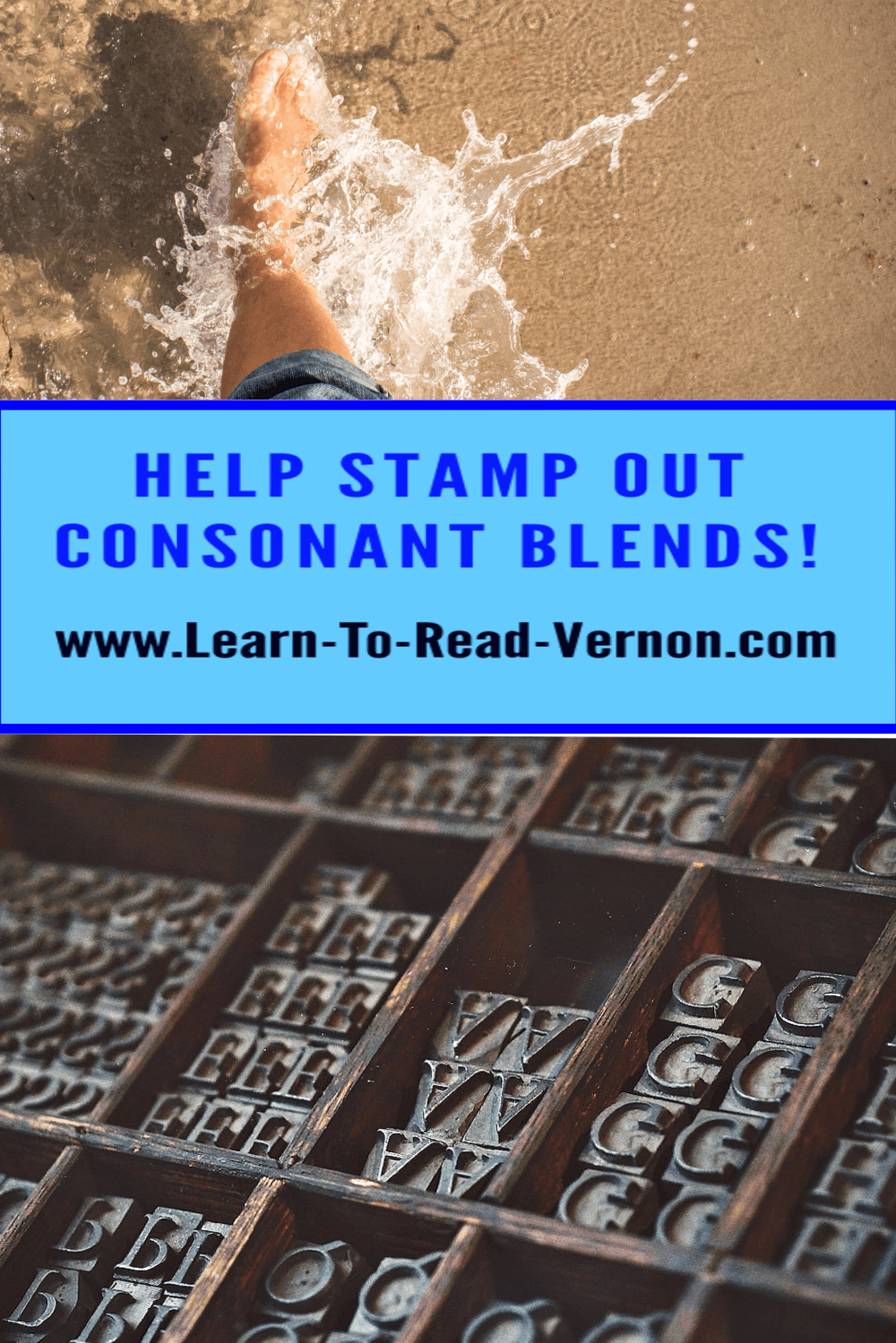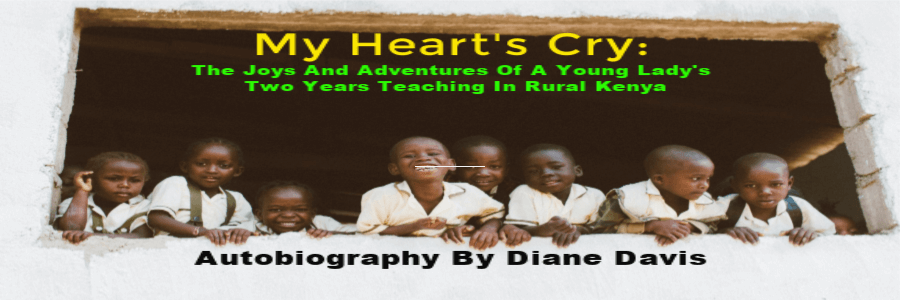| site search by freefind | advanced |
- Home
- Learn To Read
- Consonant Blends
Help Stamp Out Consonant Blends!
By Academic Associates founder: Cliff Ponder
Note: If you purchase anything from links on this site, I may make a commission.
Join our Facebook page.
The head Reading Specialist of a large school district used to spend a large part of the first-grade year teaching consonant blends, but her student's progress still left much to be desired. Some of them learned the sounds of the blends correctly, but would then try to insert a blend where none existed. For example, they would say "blend" when the word was actually "bend," or "crash" for "cash." etc.
While earning her Reading Instruction Specialist certification from Academic Associates, she discovered an easier, more natural way to teach the sounds of blended consonants. "My old method was actually hindering my students from learning to read! The Academic Associates method teaches in the very first lesson what used to take me nearly all year," she exclaimed.
But students must know how to blend consonants to form words. Learning which consonants make only one sound each and then blending them naturally as they occur in words is an easier and more effective method than trying to memorize blends out of context. You can incorporate this breakthrough method into whatever reading instruction program you're currently using. Instead of isolated blends, simply teach the sounds of the consonants and help the students to say them sequentially. The sounds will blend into words naturally. This works with all consonant blends.
Additional Comments
By Reading Specialist Glenn Davis
The above method works great when teaching students to read. Trying to get students to understand consonant blends, also called digraphs [if there are two consonants] or trigraphs [if there are three consonants], makes reading unnecessarily complicated. For example, we could try to teach students the digraph "bl" as another sound to know, or we could tell them to say the sounds of "b" and "l" close together. Listen to it as you say "bl." It is not a different sound, but the sounds of "b" and "l" together. And that is a much easier way to teach it.
If you examine all the so-called consonant blends or digraphs and trigraphs, you will see that very few make a unique sound. The vast majority are just the individual letters combined, so there is no need to confuse learning readers with "new" sounds.
Of course, there are a few authentic consonant blends where the letter combinations make a new sound. These blends must be taught as their combined sounds. The only ones I can think of at the moment are ch [which makes three different sounds depending on the country of origin - which Academic Associates students learn], sh, th, wh, ng, nk, ph, and qu. Learning eight new sounds is better than learning 30+ sounds! The trigraphs are usually a normal-sounding letter added to one of these true diagraphs and, as a result, do not need to be taught as a distinct sound. For example, "shrank" is sometimes taught as the trigraph "shr." In reality, it is only the digraph "sh" with the sound of "r" after it. Why make things complicated?
Sign up for our Reading Lessons to improve your reading skills.



